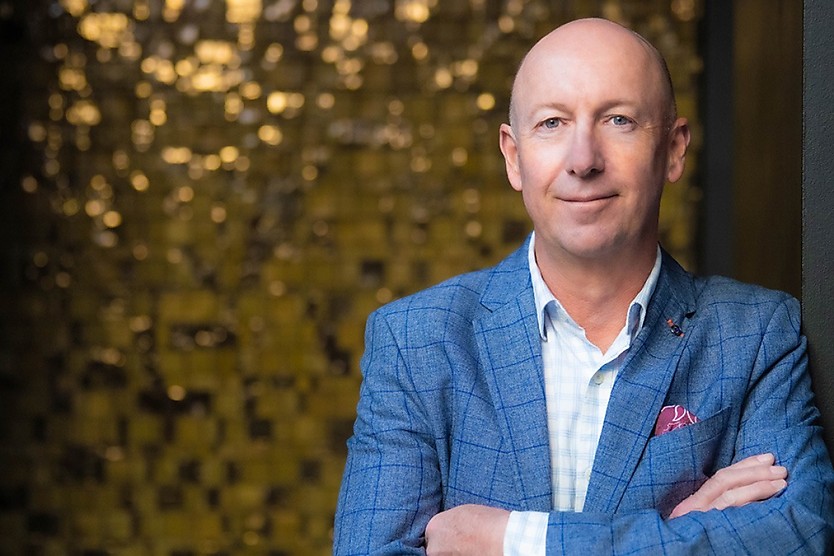
As teams continue to diversify, either through age ranges or differing characteristics, mitigating conflict can prove to be more and more difficult, but detecting it before it happens can make the smoothing-over process a lot simpler.
Australian workplaces are as diverse as ever. As previously reported on HR Leader, for the first time, there are five distinct generations of all operating in the workplace at the same time. With this, innovation is being fuelled through a variety of differing lenses, yet at the same time, these key differences in personality and experience can be a matchstick for conflict between colleagues.
HR Leader recently spoke to expert facilitator and author of Team Think Bryan Whitefield about this very issue and how the onus is on leaders to keep their ear to the ground to ensure that they can get ahead of any potential conflict that may arise.
Whitefield said that “teams that are clear on purpose” or “in sync” on their collective goal and mission are far less likely to engage in any conflict, but at the same time, building that connection can be a strenuous task.
“Synchronous teams make compelling decisions that the team gets fully behind, leading to high performance. The more diverse a team, the more challenging it is for team members to connect,” he said.
“Take, for example, the challenge of connecting team members of different generations. The language of each generation is different, and there can be a different view on work/life balance. This can create conflict rather than connection.”
A wide range of aspects can make it difficult for a team to connect. Whitefield already touched on the generational aspect, but worldview and other beliefs can disgruntle colleagues, especially if those aspects are fiercely integrated into how someone goes about their business.
“Whether it be diversity, gender, cultural, or the “worldview” of team members, there is a potential for conflict. Leaders must look to identify potential sources and put in place strategies to avoid conflict and create connection – and then have their antenna operating to pick up signals of pending conflict,” Whitefield said.
Being in a leadership role is an extremely pressurised position, especially considering all the moving parts that go into managing a team in 2024.
Although, at the end of the day, the onus falls on the shoulders of leaders to do right by their team and achieve those desired outcomes, it’s crucial that organisations give them the chance to actually build that skill set rather than thrusting them into a compromised position when they, quite frankly, aren’t ready.
“Not all leaders are ready for leading diverse teams. Take, for example, a leader who has been appointed from within the team. They may have led a number of technical people and now need to lead non-technical people or vice versa. And the cultural mix of their original team may be very different to the mix they now have,” Whitefield said.
“Unless these leaders have experience of exposure to a very broad range of cultures, are emotionally intelligent and are excellent communicators, they are likely to struggle without help.”
For leaders, smooth sailing is never a guaranteed endeavour. Mistakes will happen, and conflicts may arise, but by having your antenna activated and pre-planning mitigation strategies, these conflicts can go from being a potentially long-term issue to a much shorter problem that can be diffused almost instantly.
“High performance is never guaranteed. Leaders need to work on it. As I said earlier, leaders need to have their antenna operating to detect conflict or, better still, the potential for it. That means connecting with team members regularly, being aware of what is promulgating in the media and on social media. For example, the current crisis in the Middle East is very important to many members of teams across our region. And some on the same team will have very different worldviews.
“In addition to external events, a simple misunderstanding within a team can blow up into mayhem. No matter the cause, if a leader has not been able to head off conflict before it happens, they need to be good at managing the fallout,” Whitefield said.
“For example, reducing the temperature in the room by showing empathy for all parties, through team meetings to get all the issues on the table or through team building activities to repair the bridges that once connected team members so strongly.”
Kace O'Neill
Kace O'Neill is a Graduate Journalist for HR Leader. Kace studied Media Communications and Maori studies at the University of Otago, he has a passion for sports and storytelling.










